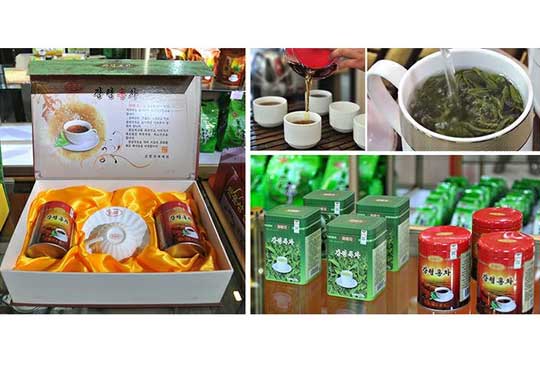Tea Culture: National Intangible Cultural Heritage
The Korean people have a long history of tea-drinking custom.
Their custom has developed through generations. They drank tea by processing tea leaves and infusing or decocting various fruits, leaves and roots.
In Korea there are various kinds of tea, which are prepared with insam, a specialty of the country, and Fructus Schizandrae, Acanthopanax and cassia buds.
Insam and other Korean tea, which contain many medicinal elements of invigorating the heart and stomach, are renowned around the world for their peculiar tastes and aromas.
President
On November 18, 2021, tea culture was inscribed as No. 116 on the National Inventory of Intangible Cultural Heritage. On October 5, 2024, the custom of Unjong tea tree cultivation and Unjong tea drinking were included in the tea culture.
